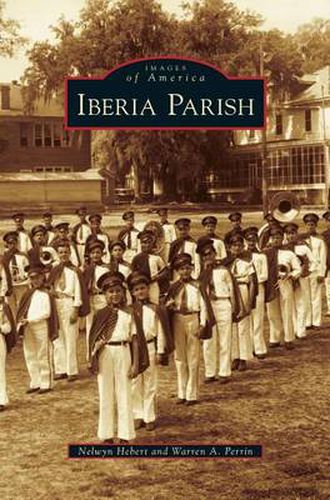Iberia Parish
Nelwyn Hebert,Warren a Perrin

Iberia Parish
Nelwyn Hebert,Warren a Perrin
This title is printed to order. This book may have been self-published. If so, we cannot guarantee the quality of the content. In the main most books will have gone through the editing process however some may not. We therefore suggest that you be aware of this before ordering this book. If in doubt check either the author or publisher’s details as we are unable to accept any returns unless they are faulty. Please contact us if you have any questions.
In the mid-1700s, the French explored the area that is now Iberia Parish. By 1765, many Acadians arrived, and the Spanish settled along the Bayou Teche in 1779. They named the area Nueva Iberia after the Iberian Peninsula in Spain. Sugarcane plantations along Bayou Teche attracted Anglo-Americans and their slaves. In the mid-19th century, with the second Francophile migrations, French became the dominant language. By the end of Reconstruction, distinctions between Acadians and neighboring groups blurred, giving rise to a new people–the Cajuns. Today, Iberians stay true to their agrarian roots, as evidenced in farming, ranching, fishing, and hunting. Religion remains strong, and the arts are encouraged. Iberia Parish is known as the hottest (Tabasco), sweetest (sugarcane), oiliest (oil drilling), and saltiest (salt mines) place on earth.
This item is not currently in-stock. It can be ordered online and is expected to ship in 7-14 days
Our stock data is updated periodically, and availability may change throughout the day for in-demand items. Please call the relevant shop for the most current stock information. Prices are subject to change without notice.
Sign in or become a Readings Member to add this title to a wishlist.

